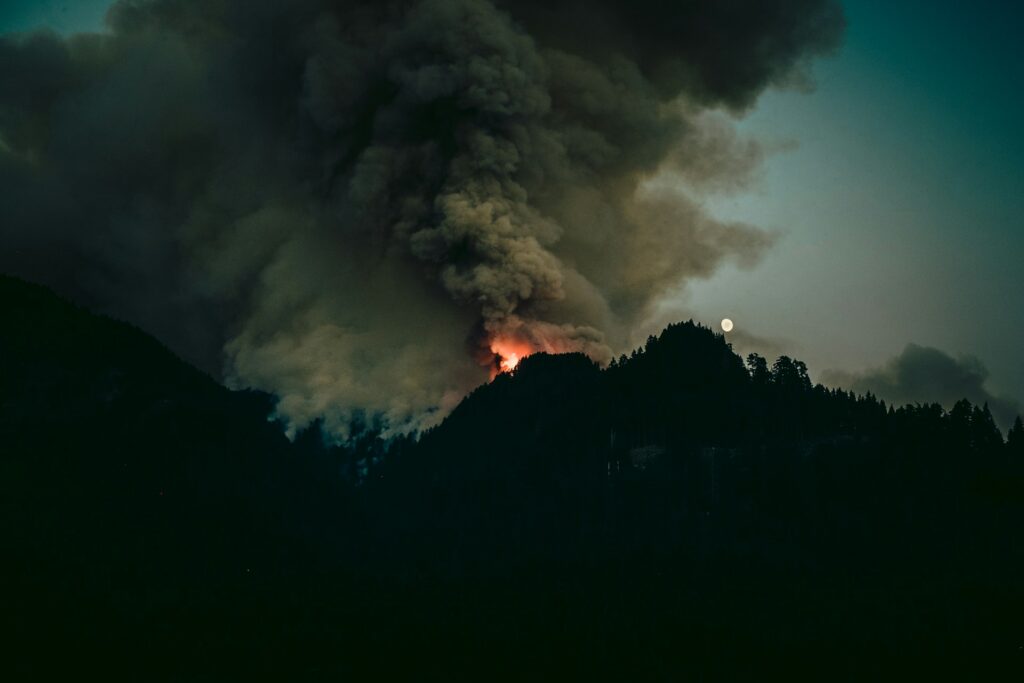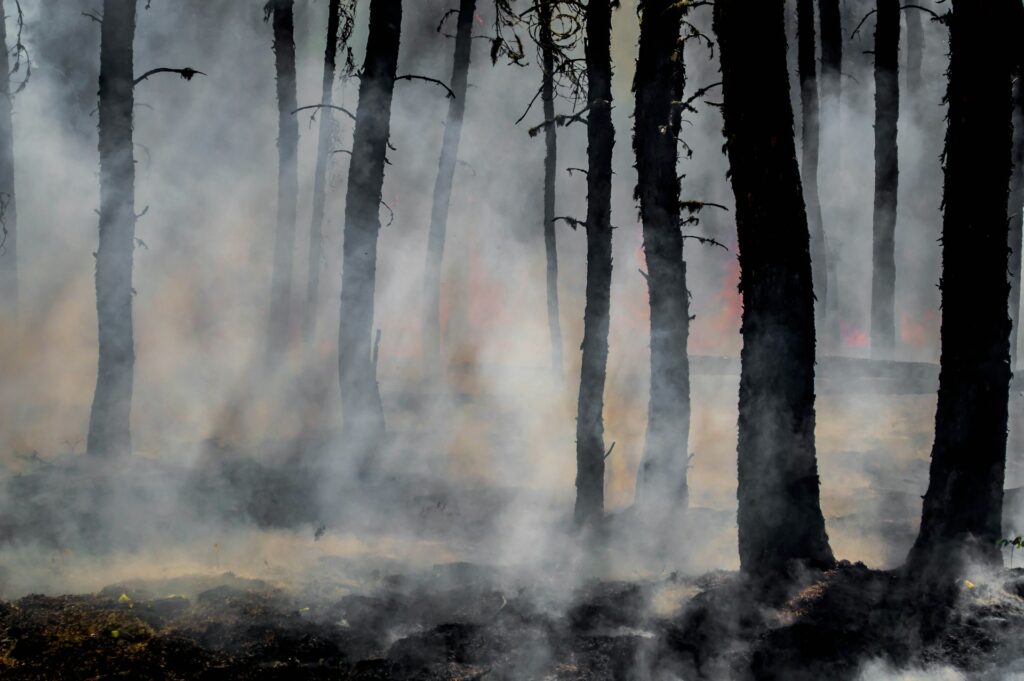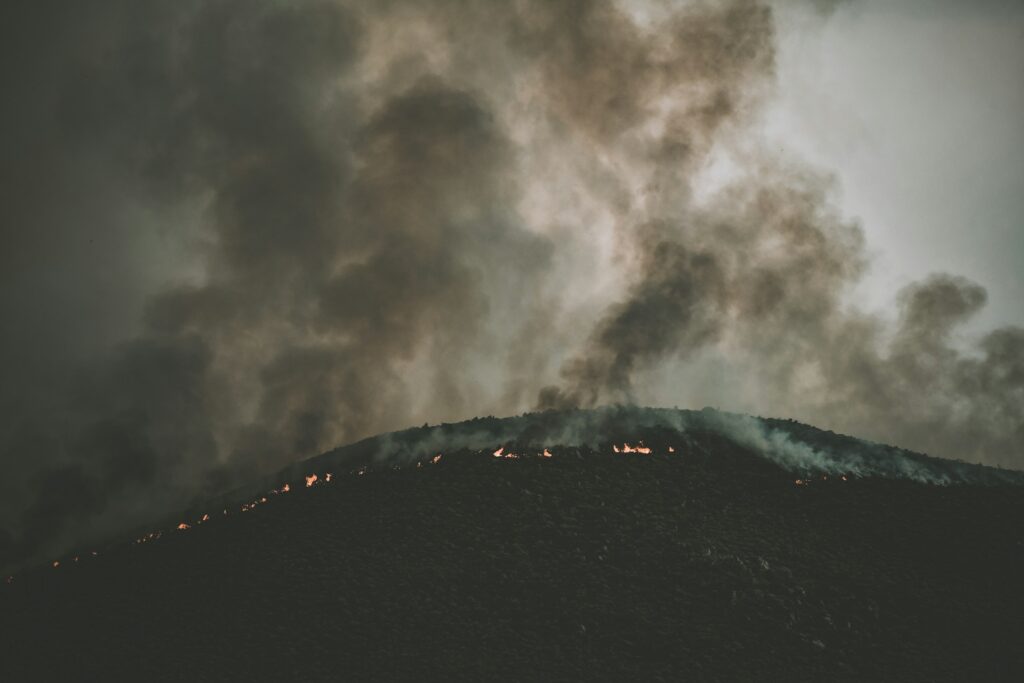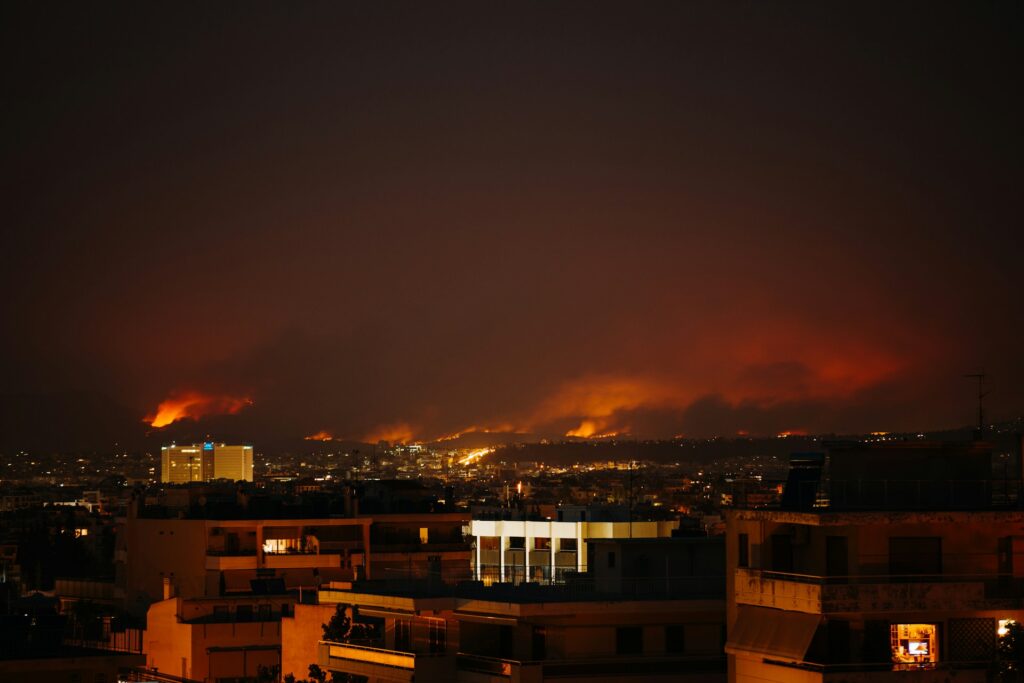
The Causes of California Wildfires
The incidence of wildfires in California is influenced by a multitude of natural and human-induced factors. Natural elements such as prolonged droughts, elevated temperatures, and strong winds play a pivotal role in creating suitable conditions for wildfires. Drought conditions severely dry out vegetation, making it more susceptible to ignition, while higher temperatures can exacerbate the rate at which these materials ignite and burn. Strong, gusty winds can rapidly spread flames, transforming a contained fire into a raging wildfire in a matter of moments. These climatic conditions have been increasingly observed in California, contributing to more intense and frequent wildfires.
In addition to these natural factors, human activities significantly impact the occurrence of wildfires. Land management practices, particularly those that neglect preventative measures such as controlled burns or mechanical thinning, may lead to an accumulation of combustible materials. Furthermore, urban development in areas that are prone to wildfires has heightened risks. As communities expand into fire-prone zones, the potential for devastating wildfires increases, especially during peak fire seasons.
Climate change is yet another crucial factor that cannot be overlooked. Research indicates that global warming has contributed to rising temperatures and increased variability in precipitation, leading to conditions that favor wildfire outbreaks. According to a report from the California Department of Forestry and Fire Protection, wildfires in the state have nearly tripled in area between 1990 and 2020. This alarming trend highlights the complex interplay of factors affecting wildfire frequency and intensity. Understanding these causes is essential for developing effective fire management strategies and raising public awareness regarding the heightened risks of wildfires in California.
The Effects of Wildfires on the Environment and Communities

Wildfires represent one of the most destructive natural phenomena, affecting both the environment and human communities significantly. Ecosystems face immediate threats, as wildfires consume vegetation, disrupt animal habitats, and decrease biodiversity. In the short term, the scorched earth can lead to soil erosion, adversely affecting the land’s ability to support life. This alteration in the landscape can have long-lasting ramifications, as flora and fauna struggle to recover from the destruction. In California, where wildfires are frequent, studies have shown that certain species can take years or even decades to return to their pre-fire populations.
Moreover, the impact on air quality poses a severe public health risk. Smoke and particulate matter released during wildfires can lead to respiratory issues, cardiovascular problems, and, in extreme cases, fatalities. Communities far removed from the fire site can often feel the effects, as the smoke travels considerable distances, underscoring the widespread implications of these events. The economic toll is equally profound, with data indicating billions in property damage and losses in agricultural production. This economic burden not only affects individual homeowners but also stretches to local businesses and governments.
The emotional and psychological impacts on individuals and families cannot be overstated. Survivors of wildfires often recount harrowing experiences of evacuation and loss. The trauma experienced during such events can lead to long-term mental health challenges, including anxiety and depression. Personal stories highlight the struggle of those who have lost homes, livelihoods, and irreplaceable memories, serving as a stark reminder of the human element entwined with the environmental cataclysm of wildfires. The resilience demonstrated by these communities in rebuilding efforts, however, exhibits a profound strength amidst adversity, fostering a renewed sense of community and hope for the future.
The Science of Wildfires: How They Ignite and Spread

Wildfires are complex phenomena that require specific conditions for ignition and propagation. At the core of wildfire science is the fire triangle, which consists of three essential components: heat, fuel, and oxygen. When these elements come together in the right proportions, a fire can ignite and spread rapidly. Heat can originate from various sources, including lightning strikes, human activity, or even volcanic activity. The available fuel typically includes dry vegetation, trees, and other organic matter, while oxygen is abundantly present in the atmosphere.
There are several types of wildfires, including surface fires, which burn along the forest floor; crown fires, which consume the upper canopy of trees; and ground fires, which burn below the surface in the soil or duff. The behavior of a wildfire is influenced by numerous factors, such as weather conditions, topography, and vegetation types. For example, dry and windy conditions can exacerbate fire spread, while moist environments tend to suppress it. Additionally, topographical features, like slopes and valleys, can funnel winds and alter heat distribution, affecting fire dynamics.
Advancements in technology have greatly enhanced our ability to predict and model wildfire behavior. Scientists utilize simulations and remote sensing tools to analyze potential fire patterns and assess risk levels. These technologies are instrumental in guiding firefighting strategies and resource allocation during wildfire events. Ongoing research in fire ecology reveals the intricate relationship between wildfires and certain ecosystems. Some environments, such as certain pine forests, rely on periodic fires for regeneration, allowing for new growth and maintaining biodiversity. This complexity underscores the dual nature of wildfires as both destructive forces and critical ecological processes.
Recent Updates and Future Outlook on Wildfires in California

The 2023 wildfire season in California has garnered significant attention as numerous incidents have unfolded, illustrating the ongoing challenges posed by wildfires in the region. This year, several notable fires erupted, prompting both local and state officials to issue evacuation orders to safeguard residents. These developments highlight the persistent threat of wildfires, exacerbated by a combination of extended drought conditions and rising temperatures attributed to climate change.
In response to these challenges, government agencies and organizations are implementing a myriad of prevention and mitigation strategies. The California Department of Forestry and Fire Protection (Cal Fire) continues to enhance its wildfire resilience programs, which include controlled burns, vegetation management, and public education initiatives. These strategies aim to reduce the fuel load in fire-prone areas, thereby decreasing the likelihood and intensity of wildfires.
Additionally, advancements in firefighting technology play a critical role in managing wildfire outbreaks. Innovations such as drone surveillance for real-time monitoring and data collection, as well as improved communication systems for coordinating efforts among firefighting teams, are becoming commonplace. These technologies not only boost response times but also enhance overall situational awareness during active fires, leading to more effective containment strategies.
Community preparedness efforts are equally vital, with various initiatives fostering greater awareness among residents in high-risk areas. Programs encouraging local groups to develop evacuation plans, promote fire-safe landscaping practices, and support emergency response training are essential components of a proactive approach to wildfire management.
Looking ahead, it is crucial to acknowledge that the risk of wildfires is likely to remain elevated, especially given the continuing impacts of climate change. Policymakers must prioritize sustainable land management and invest in fire prevention infrastructure to mitigate these risks effectively. Moving forward, the intersection of scientific insights and community readiness will be pivotal in addressing the challenges of wildfires in California.